2024 Lexus TX Review: First Drive

Love It | Leave It |
|---|---|
Super spacious | F Sport feels confused |
Lounge lizard ride | Becomes pricey quick |
Two available hybrid setups | Lower-trim interior bits don't wow |
We’re in Austin, TX, to drive the 2024 Lexus TX. Get it? Good, because that sort of subtlety is what the TX is all about.
Lexus had a space issue. Buyers wanting a three-row SUV that wasn’t built on a body-on-frame platform only had the cramped RX-L. When the RX’s fourth generation debuted last year, there was no L. Only Zuul. It was clear the company was gearing up for a dedicated three-row, and that’s precisely what the TX is. It’s (very) big, inside and out, with enough differences to set it apart from not only other Lexus models, but the related Toyota Grand Highlander. Does it successfully translate the Lexus experience to a larger, family-friendly setting? We had the day to find out.
What’s new?
As I mentioned above, the TX is related to the Toyota Grand Highlander. Both ride on the largest version of the TNGA platform yet, featuring an 116.1-inch (2,950-millimeter) wheelbase. The Lexus has nearly two inches on its more plebian relation at 203.2 inches (5,160 mm) long. This rig is essentially the same size as a BMW X7, with only the Jeep Grand Cherokee L and Land Rover Defender 130 stretching further. That also makes it longer than both the GX and LX, which directly translates into a more adult-friendly third-row experience.
It all comes wrapped in a design that’s… unique in the Lexus family. There’s an inversion of the traditional spindle grille, with the top section capped with chrome and connecting with the headlights. The lower section is now comprised of body-color horizontal slats. Lexus calls it the “Unified Spindle Grille,” but the only coupling I see is of a catfish and a shaver. Swipe the badge and there’s no identifiable Lexus feel up front. That’s not a problem out back, with the typical L-shaped taillights. A black-out D-pillar reduces visual weight, with a tasteful amount of chrome tracing the roofline. (The chrome is blacked out on F Sport models.)
Every TX rides on at least 20-inch alloy wheels, with 22s available on higher trims. There are a few different designs and they do a good job not drowning under the heft of the TX’s shape. The different wheel and tire packages play an outsized role in the demeanor of the TX too—more on that later.
Lexus will offer three powertrains for the TX, two of which are hybrids. The standard engine is the family 2.4-liter turbo-four, producing 275 horsepower and 317 pound-feet of torque. This TX 350 comes with an eight-speed automatic transmission. Next up is the TX 500h, adding an electric assist to the 2.4-liter for 366 hp and 406 lb-ft while funneling that gumption through a six-speed automatic.
Lexus also had the TX 550h+ on-hand, which revives the 3.5-liter V6 in a plug-in hybrid setup. The TX 550h+ arrives at a later date, so Lexus is still ironing out pricing and spec details.
A better family space
The primary purpose of the TX is to shuttle around the whole brood better than any other Lexus. First impressions are good, then: there’s a ton of space in here, in all three rows. Sure, the way-back has a lower cushion than I’d like, but it’s a fine enough space for two adults. A single button on the second-row seatbacks slides them forward, making access easier, along with integrated grab handles just inside the door. Every trim beyond the base gets power-folding third row seats as well. Keep ‘em up, and the TX will fit seven carry-on suitcases in the cargo hold. (Fold both rows and the TX is capable of swallowing 97 cubic feet (2,747 liters).
A second-row bench is standard, but the lineup quickly moves to captain’s chairs. They’re plenty comfortable, but it’s something of a miss to have a vehicle this big primarily offer just six seats. Ditching the middle seat opens up a center console, where a pair of removable cupholders take up residence. These unlock with a press and can be placed in spots in any of the rows. The whole center console can even pop out for a way-back pass-through.
Front-row entertainment
Folks in the front row are treated to a wrap-around cabin design. Fit is typical Lexus (read: excellent), though the quality of the materials isn’t at the level of the Genesis and Mazda three-rows. It’s easy enough to get comfortably quickly behind the wheel, though the cushions are too short for my tastes. But again: lots of space, for people and their things.
There is generally smart usage of technology, as well. The wireless charger is integrated into the cubby lid, so it can slide out of the way to store more stuff. The big 14.0-inch touchscreen keeps it simple, especially by having climate controls always visible. Lexus has also updated the contextual menus held within the available head-up display (HUD). Specifically, you can now edit HUD settings from within the HUD, which should have always been the case.
Lexus Safety System+ 3.0 bundles a gaggle of driver assists together, from the relatively benign adaptive cruise control to the over-dramatic Proactive Drive Assist. PDA adjusts the vehicle speed in all scenarios, which is… about as appealing as actual PDA.
Where the rubber meets the road
In general, the TX drives fine. It goes, stops, and turns without drama, in a wholly unsurprising way that should appeal to the target buyer. It doesn’t “drive big,” which is nice: the steering is light but consistent. On the advice of another journo, my drive partner and I start the day in the TX 500h. The power scoots the Lexus down the road nicely, with smart shifts that draw little attention. The added stopping power of the upgraded, six-piston brakes is counteracted by a pedal with little feel, mind you. We found the adaptive suspension unsatisfying: too soft and wiggly in Normal mode, and too much low-speed fidgeting in Sport.
A base TX 350 proved better, the fixed-rate dampers finding a better compromise and the 20-inch Continentals sanding off bigger bumps. A stint in the TX 350 Premium clinches it: the Goodyear tires this model wears give it a more positive steering feel and greatly reduce road noise. This is how I expect a Lexus to ride.
One quick jaunt in the TX 550h+ shows it to be a well-mannered oddity. The muffled V6 soundtrack is unique, but pairing it with a CVT makes for buzzier progress than other PHEVs in the class. At least it offers a decent 33 miles (53 km) of all-electric range. The gas-powered TX 350 AWD should hit 20 mpg (10.3 L/100 km) combined, while the TX 500h does 27 mpg (8.6 L/100 kmh).
Dollars and sense
The TX comes with a price tag to match its size. In the US, the standard model rings in at $55,050 including destination; right where the Grand Highlander 2.4L lineup ends. Another $3,400 nets buyers the sweet-spot Premium trim; $2,500 more unlocks the Luxury. AWD is a $1,600 option. The TX 500h takes a big jump up to $69,350 and tops out at $72,650 before options.
Canada’s options are largely the same, except AWD is standard across the board. The trims are rejigged slightly: the gas-only models are Luxury, Ultra Luxury, and Executive; the TX 500h comes in F Sport Performance 2 and Performance 3 trims. There are minor trim differences across the border. TX 350 pricing ranges from around $71,000 CAD to $82,500 CAD; the TX 500h will creep well into the 90s.
There are plenty of options at this price point: Acura MDX, Infiniti QX60, Volvo XC90, Genesis GV80—you get the picture. The Mazda CX-90 is something of a wild card, and you can’t discount the top trims of the Hyundai Palisade or Kia Telluride, either.
Final Thoughts: 2024 Lexus TX First Drive Review
It’s true that the TX is low on surprises, return of the V6 excluded. It checks a lot of the boxes it needed to: and that’s the point. Weirdly, as much as we want to like either of the electrified options, it’s the gas-powered Premium (Ultra Luxury in Canada) that sits as the sweet spot of the launch range, with a velvety-smooth ride quality that is so very Lexus.
Become an AutoGuide insider. Get the latest from the automotive world first by subscribing to our newsletter here.

Kyle began his automotive obsession before he even started school, courtesy of a remote control Porsche and various LEGO sets. He later studied advertising and graphic design at Humber College, which led him to writing about cars (both real and digital). He is now a proud member of the Automobile Journalists Association of Canada (AJAC), where he was the Journalist of the Year runner-up for 2021.
More by Kyle Patrick



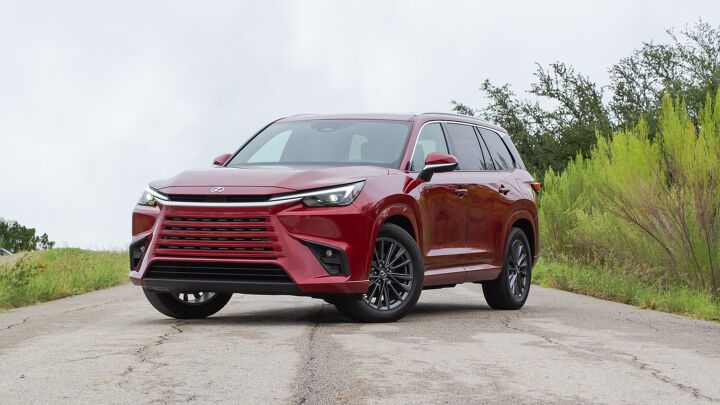

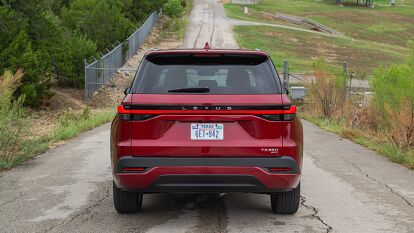


















































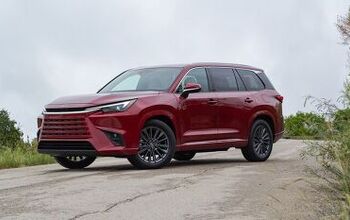
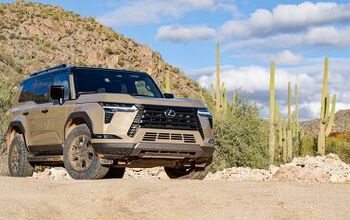
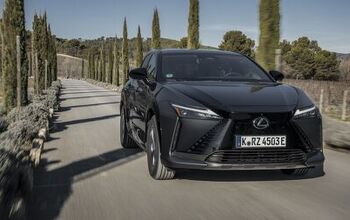
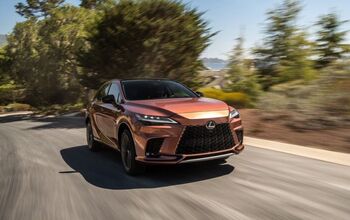
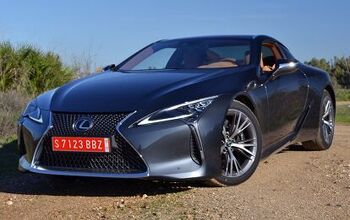



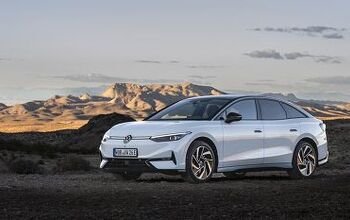

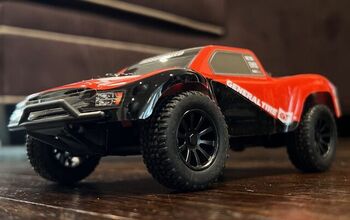


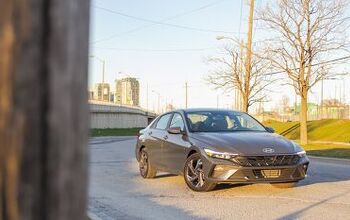

Comments
Join the conversation
Front grille still ugly! I thought they were going to fix that on their 2024's?